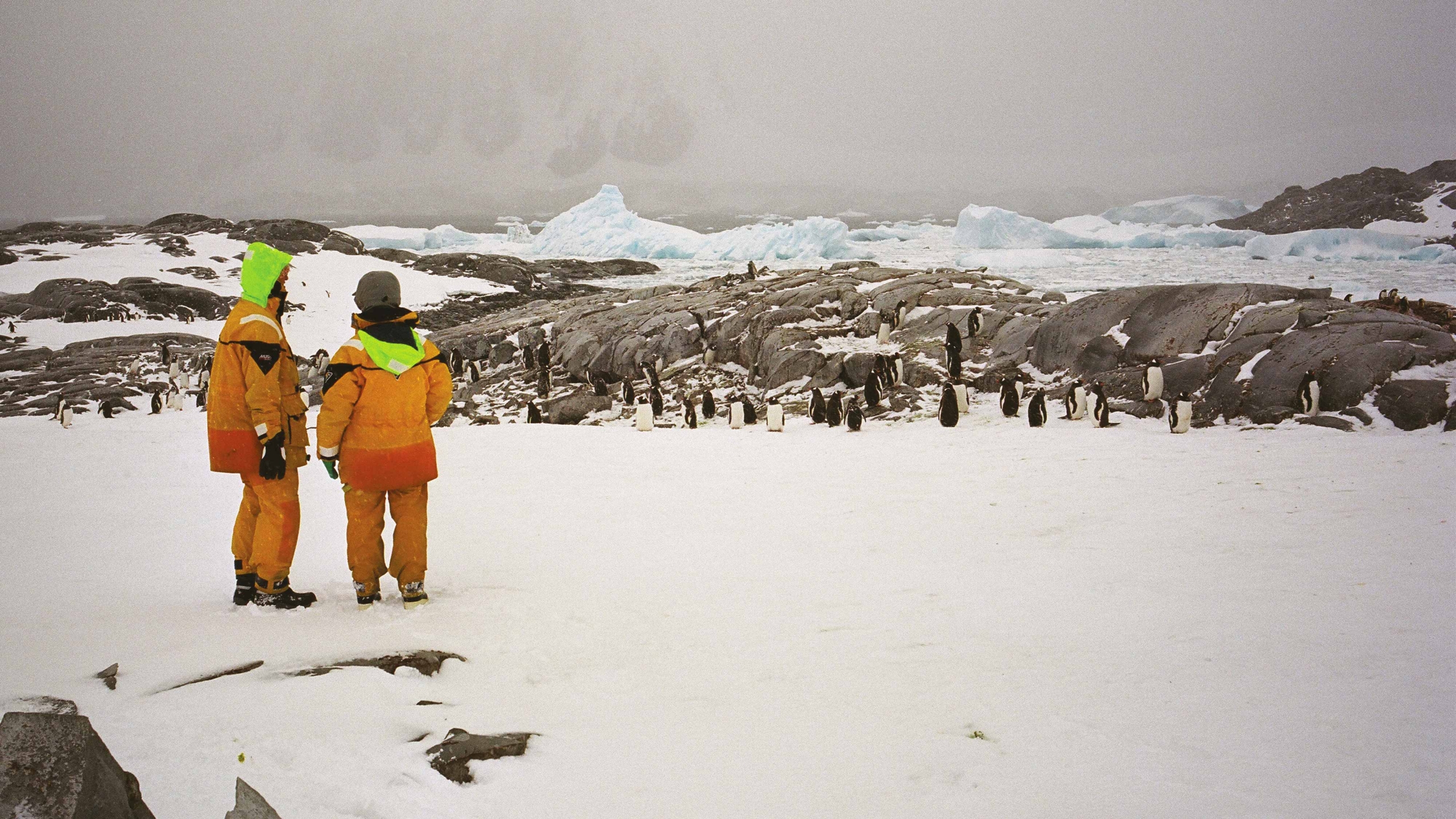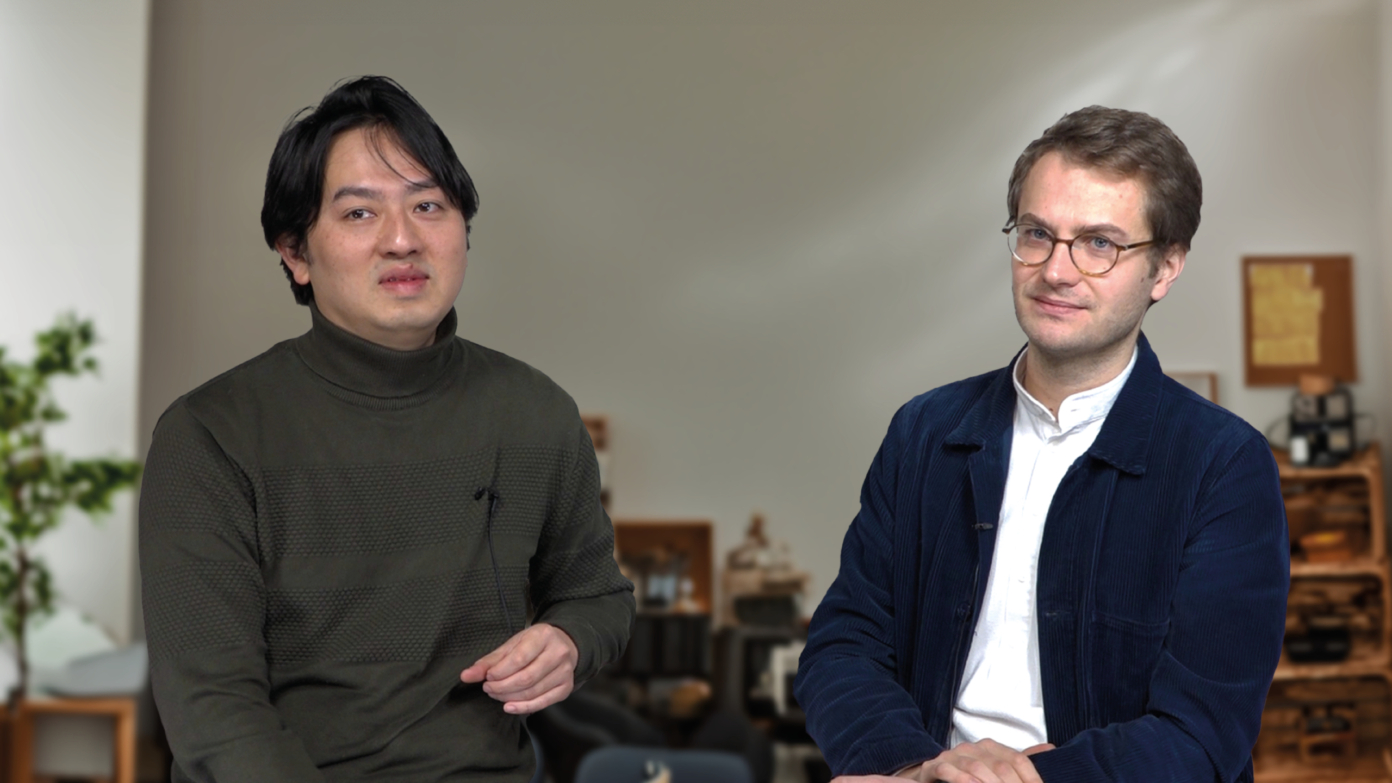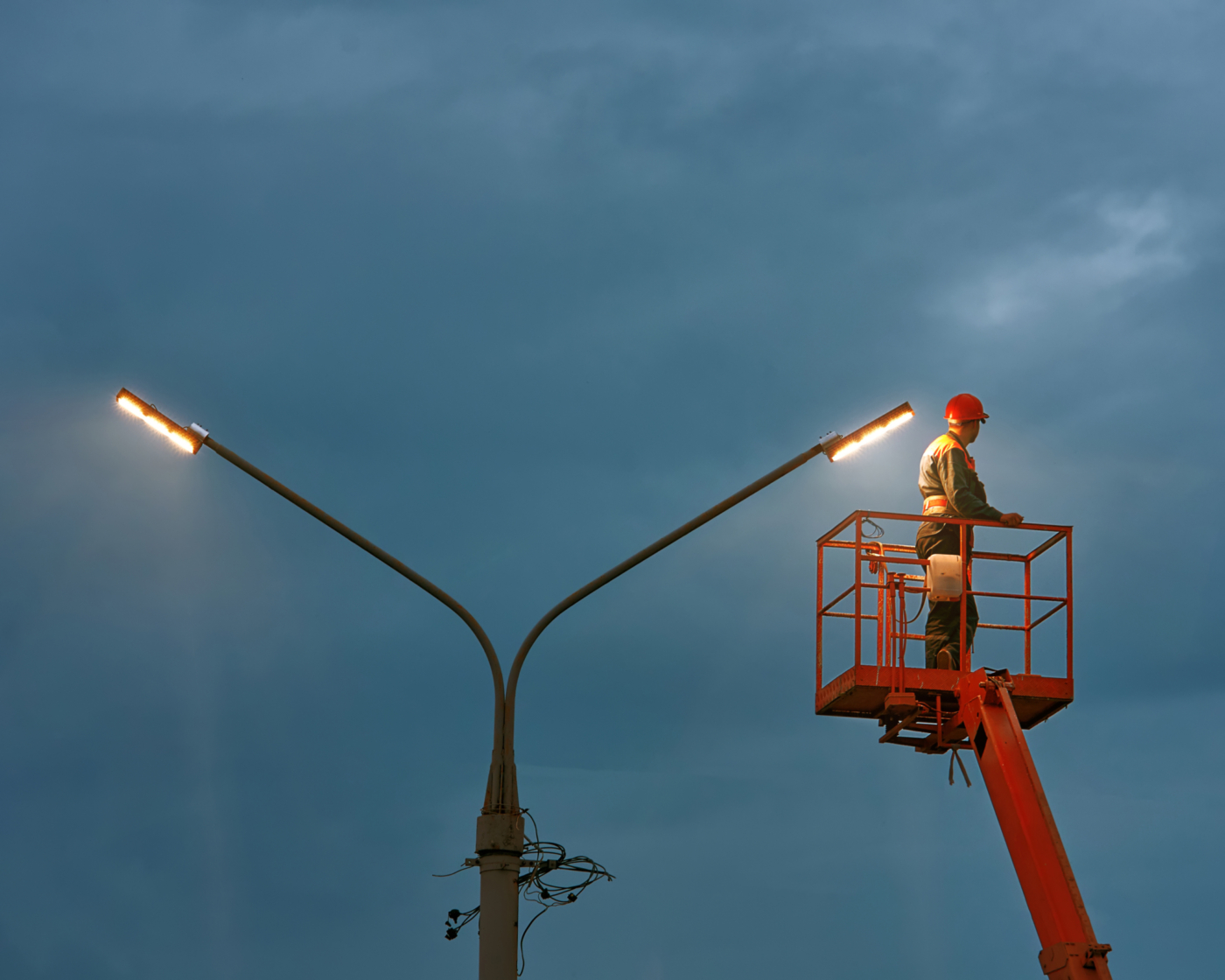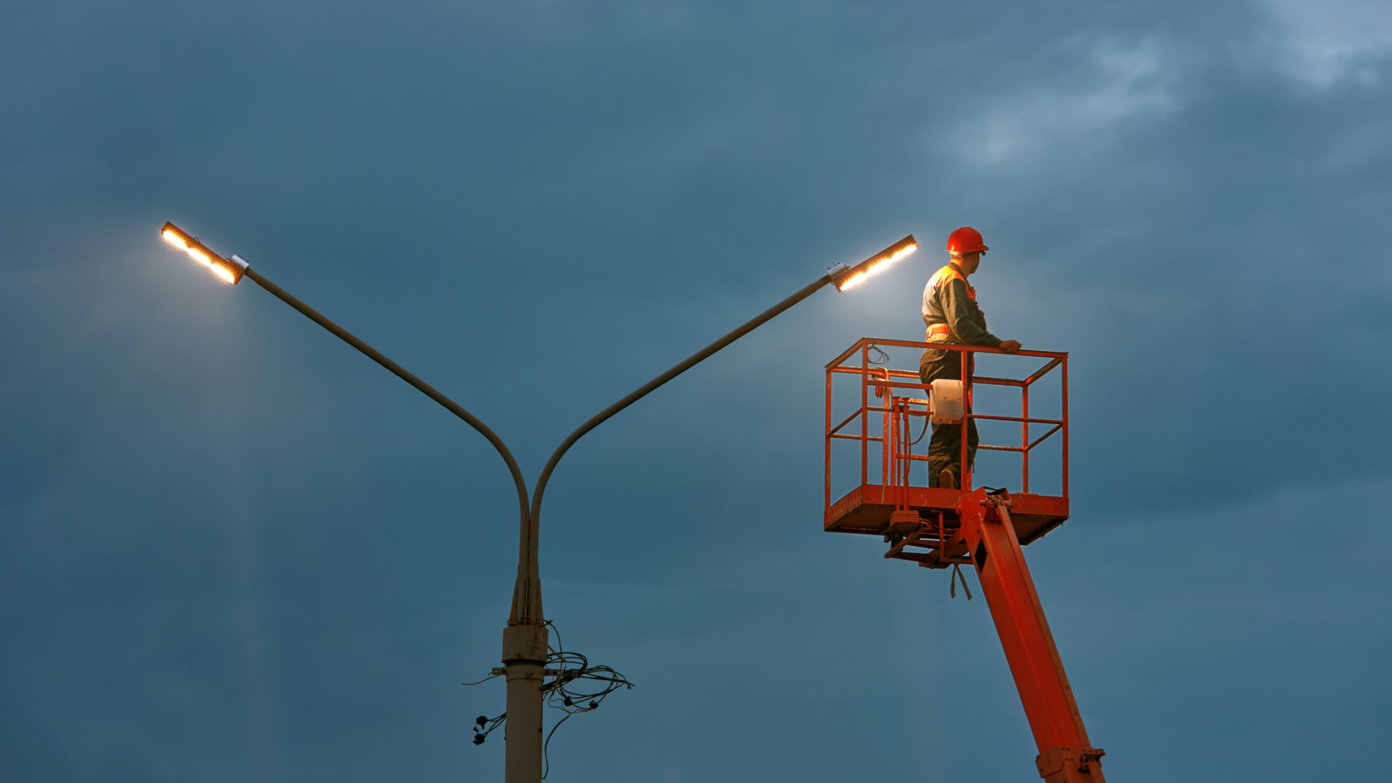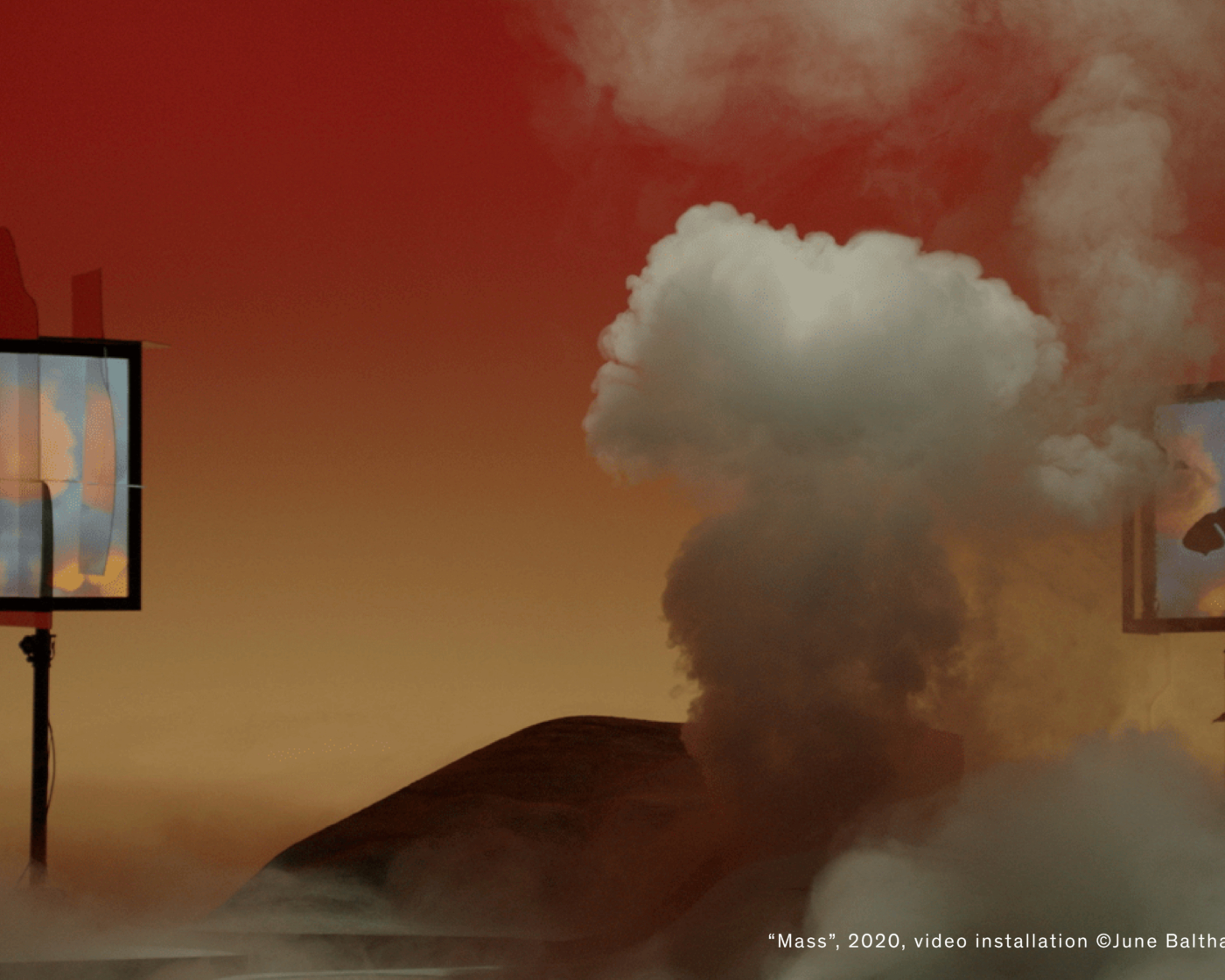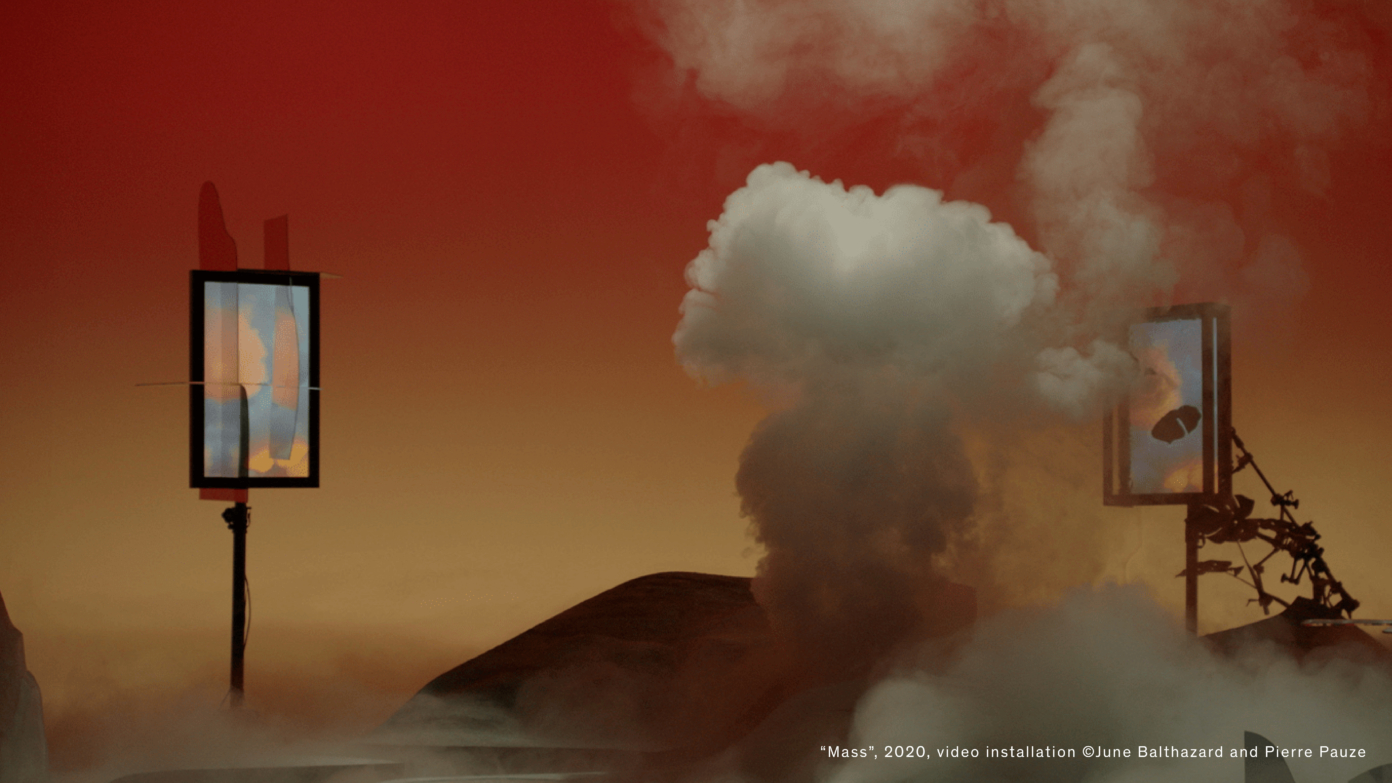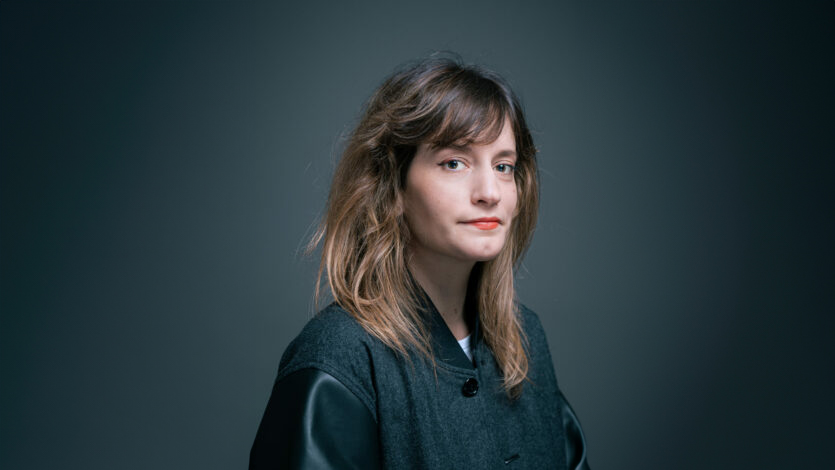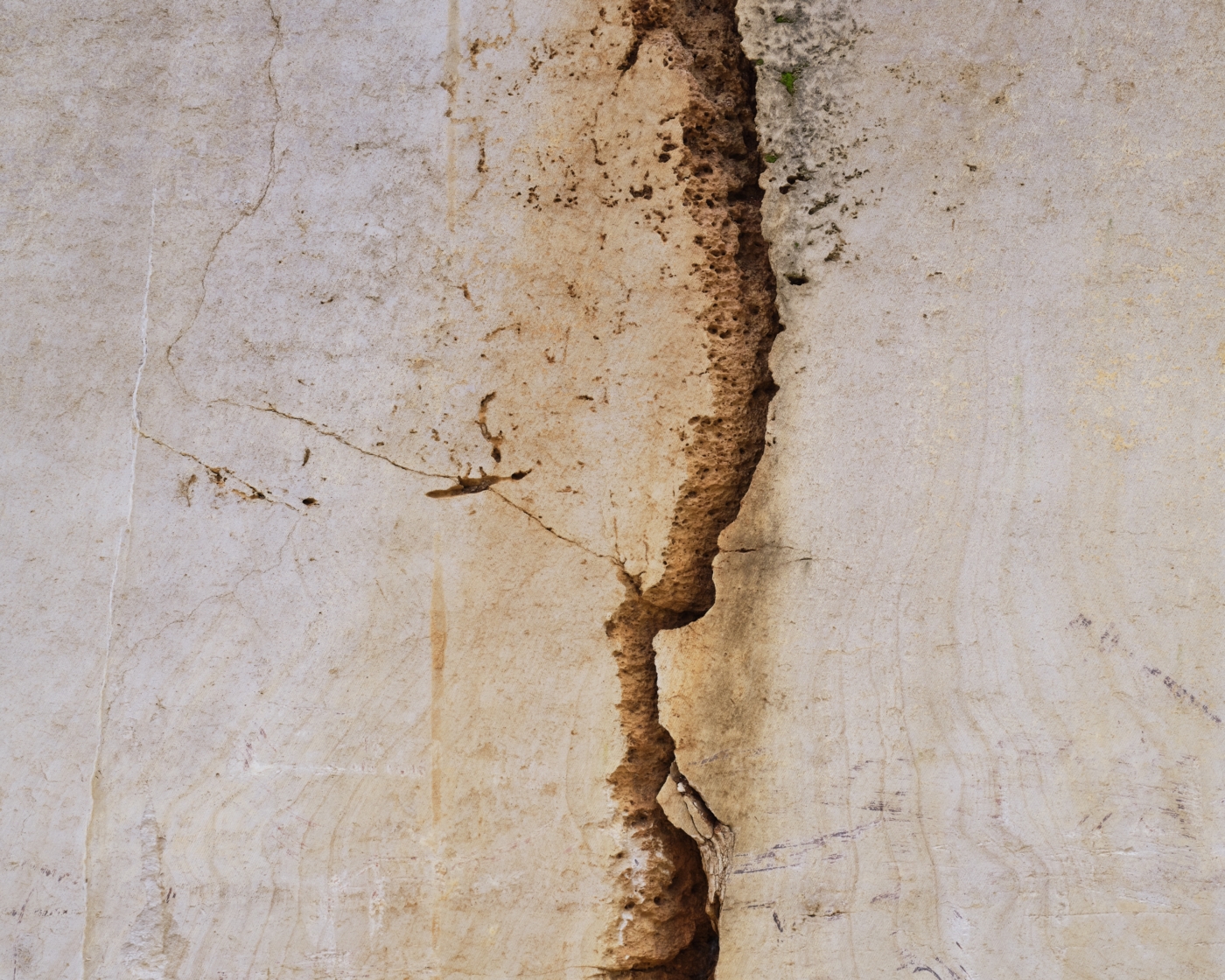Tara’s logbook
Hello to all!
It is as if our team of artists—who aren’t sailors at all—needed to see what a storm is! Since we arrived, they have been continuously asking us: “But, was it really a large storm? Was it more of a large storm or a very, very large one?” The answer goes something like this: “It was a storm on a human scale. A rather big one but nothing like those storms that confound the senses, those that are more than simply storms. We faced force 11 to 12 winds on the Beaufort scale. 12 is the upper limit, which gives some perspective”. Every one of the artists related the way they had experienced the storm and soon it seemed that were hearing the stories of Cape Horners (which we have now become!). But Tara is so comfortable and sturdy a ship than from within, even when we are somewhat shaken in our berths, we simply do not really realize what is happening outside. The direction of the wind determined our landing point on the peninsula—following the strong winds, the plan was to take the shortest route; that’s how we eventually set foot on the Pitt islands. The archipelago is a famed sea leopard hotspot. We had tried to get there during the previous expedition but had been stopped by the presence of ice. We reach it under a thick rain; visibility is hardly good but we slowly penetrate the heart of this group of small islets. Pascal, our guide to Antarctica, who has already come fifteen times on the peninsula on his 22 m sailboat, Fernande, guides us through this maze. As we approach the islands, again, large icebergs dazzle our eyes and the camera film. The weather is dull and our picture-takers are delighted: “when the sun is shining, the sheer whiteness is dazzling and everything is overexposed, there is no contrast and terrain does not stand out, and furthermore, what Pierre wants in his film are dark images, fog, wind, foul weather…”
As soon as we arrived, around 8pm, Pierre went ashore to get a feel of what was there, to make contact. “I set foot on another planet. It is incredible. It is a planet within a planet.” “Brief meeting with three sea leopards that were lying on a slab of fast ice, digesting their meals. These past twenty-four hours, since we arrived in the peninsula, we have been truly blessed for dark images. We’ve had a snowstorm during the night and fog and snow all day long. The deck is buried under ten centimeters of white snow. Aleksandra is delighted and she was quick to make a beautiful life-size snowman. Pierre and a large part of the team went ashore to start shooting. Pascal, who went with them, was ecstatic. He tries to explain how unusual it is to shoot here, with this need for spots of colors or features to give a sense of dimension. Luckily this morning, at least forty sea lions have been tirelessly crawling onto the ice, diving back in the sea, and playing in the snow. Pascal confesses he has never got to see such a ballet before.
Aleksandra tries to wrap her mind around what Pascal is looking for here: “the beauty of the landscapes, the surprise of always discovering something new…” Are you an addict? He first answers “no!”, but by the end of his explanation, the answer is “yes!” Antarctica is a drug! At the close of the day, we took to the outboard to film the ship in this windy and foggy atmosphere. I am waiting for the weather to improve before leaving the maze…
Céline
Expedition captain
